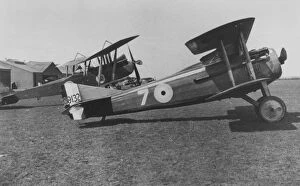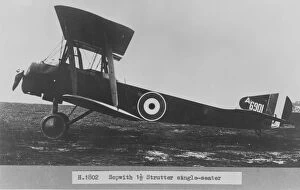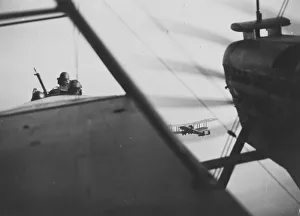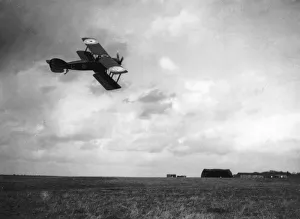3646 Collection
"3646: A Journey through Aviation History" Step into the world of aviation as we explore the captivating story behind "3646"
All Professionally Made to Order for Quick Shipping
"3646: A Journey through Aviation History" Step into the world of aviation as we explore the captivating story behind "3646". From Fokker Fodder to Antoinette Monoplane, Philips Multiplane to Goupy ll, this is a tale that takes us back in time. Let's start with the Fokker Fodder – an iconic aircraft that played a significant role during World War I. Its sturdy build and reliability made it a favorite among pilots on both sides of the conflict. As we move forward, we encounter the elegant Antoinette Monoplane, known for its sleek design and pioneering advancements in aerodynamics. The Philips Multiplane was another groundbreaking invention that revolutionized aviation. With its multiple wings stacked one above another, it pushed boundaries and opened up new possibilities for flight enthusiasts worldwide. But not all journeys were smooth sailing; sometimes even experienced aviators faced challenges. The Goupy ll reminds us of those daring moments when pilots had to navigate treacherous weather conditions or unexpected mechanical failures mid-air. One such incident occurred at Langley Aerodrome when a pilot found himself caught landing amidst adverse circumstances. It serves as a reminder of how crucial precision and skill are in piloting an aircraft safely. Speaking of safety concerns, let's not forget about wartime operations. "Bombs Away. " echoes through history as brave pilots dropped their payloads from Gotha GV b bombers during intense conflicts around the globe. On more peaceful occasions, like Lefebvre At Reims or Le Plantin flights, aviation enthusiasts gathered to witness breathtaking displays of aerial prowess and innovation. These events showcased technological marvels while inspiring future generations to reach for the skies themselves. Across continents, from Washington Flight to Spad VII missions over Europe's battlefields - these names evoke memories of courageous aviators who risked everything for progress and freedom in uncertain times. As we reflect on "3646", we honor the pioneers who paved the way for modern aviation.

























